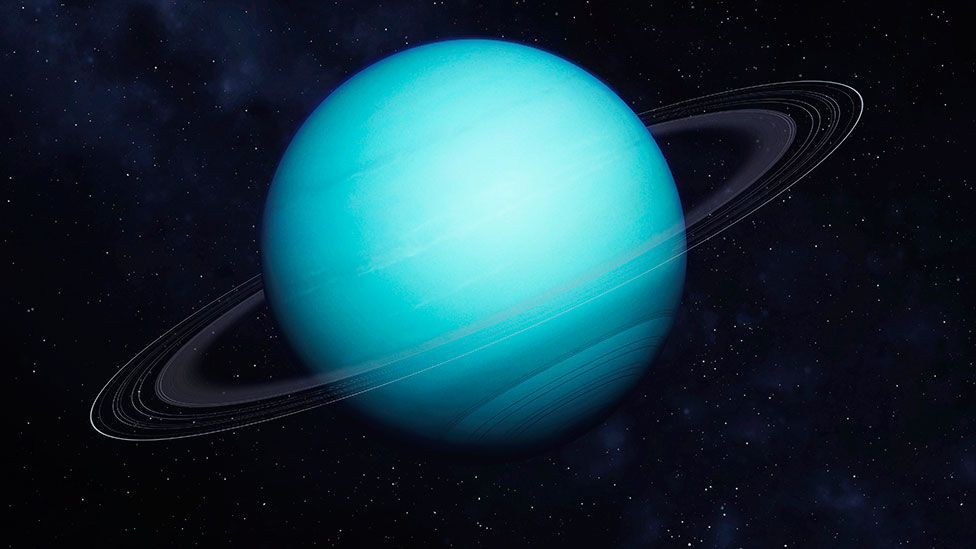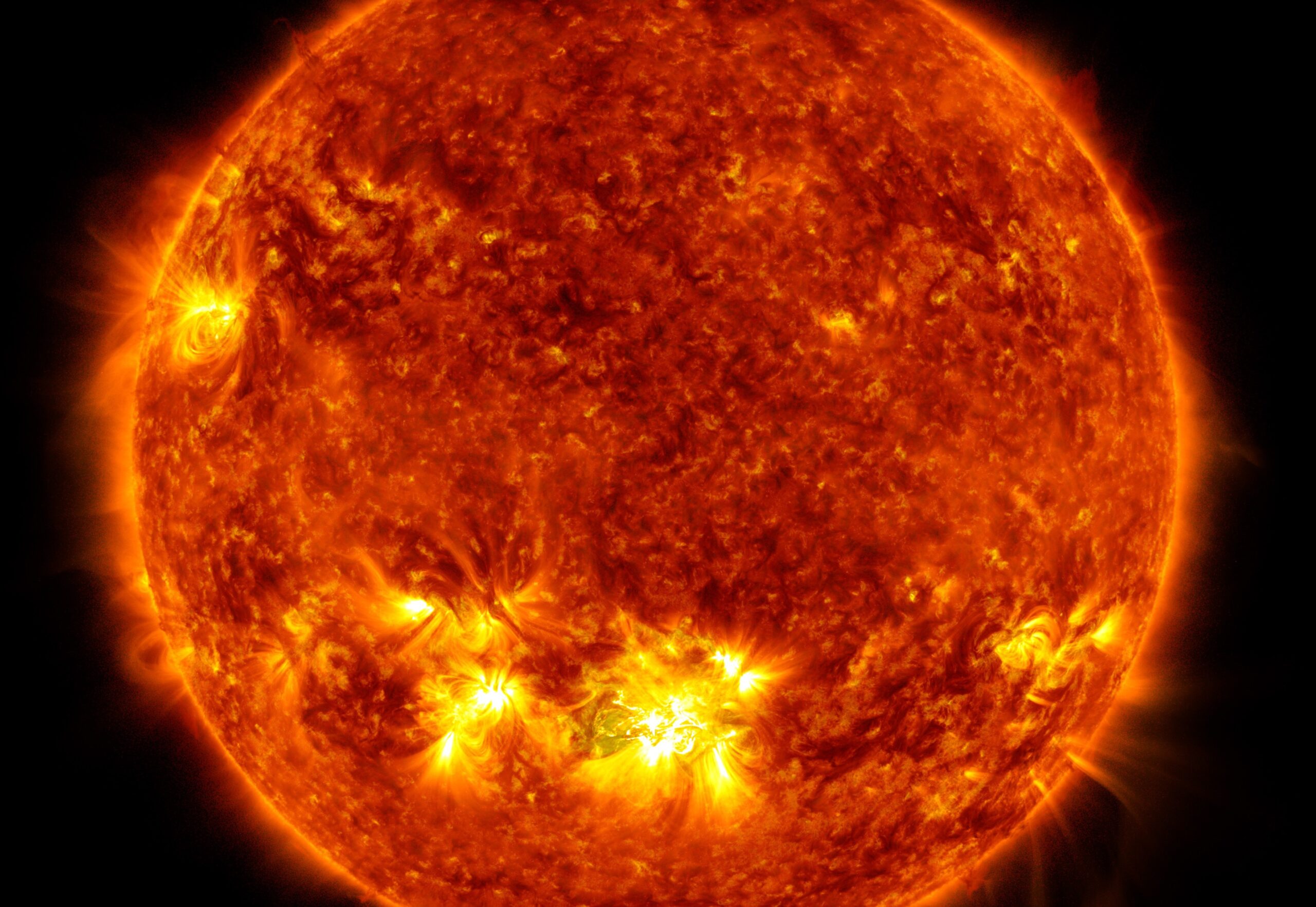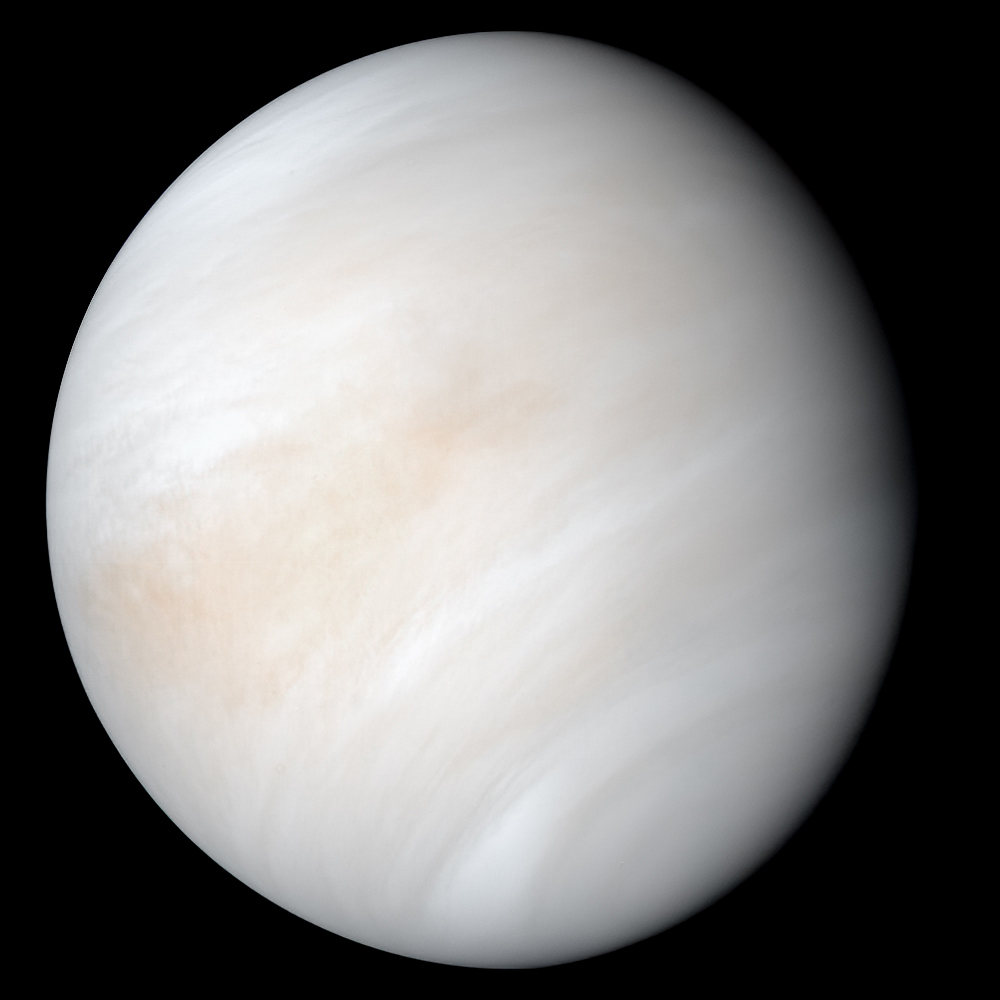Hello Everyone
Hello My Name FactZone 24. And In this Blog We are Discuses About Our Solar
System Planets .
Definition of Solar System : There are many planetary systems
like ours in the universe, with planets orbiting a host star. Our
planetary system is named the "solar system" because our Sun is named Sol,
after the Latin word for Sun, "solis," and anything related to the Sun we
call "solar."
Some information About Solar System
Our solar system consists of our star, the Sun, and everything bound to it
by gravity – the planets Mercury, Venus, Earth, Mars, Jupiter, Saturn,
Uranus, and Neptune; dwarf planets such as Pluto; dozens of moons; and
millions of asteroids, comets, and meteoroids. Beyond our own solar
system, we have discovered thousands of planetary systems orbiting other
stars in the Milky Way.
There are Listed Topics and Planets Name :
- Mercury
- Venus
- Earth ( Our Planet )
- Mars
- Jupiter
- Saturn
- Uranus
- Neptune
Our Sun is a 4.5 billion-year-old star – a hot glowing ball of hydrogen
and helium at the center of our solar system. The Sun is about 93 million
miles (150 million kilometers) from Earth, and without its energy, life as
we know it could not exist here on our home planet.
The Sun is the largest object in our solar system. The Sun’s volume would
need 1.3 million Earths to fill it. Its gravity holds the solar system
together, keeping everything from the biggest planets to the smallest bits
of debris in orbit around it. The hottest part of the Sun is its core,
where temperatures top 27 million degrees Fahrenheit (15 million degrees
Celsius). The Sun’s activity, from its powerful eruptions to the steady
stream of charged particles it sends out, influences the nature of space
throughout the solar system.
The smallest planet in our solar system and nearest to the Sun,
Mercury is only slightly larger than Earth's Moon.
From the surface of Mercury, the Sun would appear more than three times as
large as it does when viewed from Earth, and the sunlight would be as much
as seven times brighter. Despite its proximity to the Sun, Mercury is not
the hottest planet in our solar system – that title belongs to nearby
Venus, thanks to its dense atmosphere.
Venus, Second major planet from the Sun. Named for the Roman goddess,
Venus is, after the Moon, the most brilliant natural object in the night
sky. Venus comes closer to Earth—about 26 million mi (42 million km)—than
any other planet.
Its orbit around the Sun is nearly circular at a distance of about 67
million mi (108 million km) and takes 225 days; its rotation, in
retrograde motion, takes even longer (243 days). As viewed from Earth,
Venus undergoes phase changes similar to the Moon’s, going through one
cycle of phases in 584 days. It is seen only near sunrise or sunset and
has long been known as both the morning star and the evening
star.
Venus is a near twin of Earth in size and mass but is completely
enveloped by thick clouds of concentrated sulfuric acid droplets. Its
surface gravity is about 90% that of Earth. Its atmosphere is over 96%
carbon dioxide, with a pressure about 95 times Earth’s.
Earth, third planet from the Sun and the fifth largest planet in the
solar system in terms of size and mass. Its single most outstanding
feature is that its near-surface environments are the only places in the
universe known to harbour life. It is designated by the symbol ♁. Earth’s
name in English, the international language of astronomy, derives from Old
English and Germanic words for ground and earth, and it is the only name
for a planet of the solar system that does not come from Greco-Roman
mythology.
Earth is the only planet in our solar system known to support life. This
is because it has two very important things that living creatures need to
survive –– lots of oxygen and lots of water! Its distance from the sun
means it’s not too hot and not too cold for creatures to live on,
too.
The red planet Mars, named for the Roman god of war, has long been an
omen in the night sky. And in its own way, the planet’s rusty red surface
tells a story of destruction. Billions of years ago, the fourth planet
from the sun could have been mistaken for Earth’s smaller twin, with
liquid water on its surface—and maybe even life. Mars is one of the most
explored bodies in our solar system, and it's the only planet where we've
sent rovers to roam the alien landscape.
NASA currently has two rovers (Curiosity
and
Perseverance), one lander (InSight), and one helicopter (Ingenuity) exploring the
surface of Mars.
The number of craters on Mars varies
dramatically from place to place, depending on how old the surface is.
Much of the surface of the southern hemisphere is extremely old, and so
has many craters — including the planet's largest, 1,400-mile-wide (2,300
km) Hellas Planitia — while that of northern hemisphere is younger and so
has fewer craters.
Some volcanoes also have just a few craters, which suggests they erupted
recently, with the resulting lava covering up any old craters.
Jupiter, the most massive planet of the solar system and the fifth in
distance from the Sun. It is one of the brightest objects in the night
sky; only the Moon, Venus, and sometimes Mars are more brilliant.
When ancient astronomers named the planet Jupiter for the Roman
ruler of the gods and heavens (also known as Jove), they had no idea of
the planet’s true dimensions, but the name is appropriate, for Jupiter is
larger than all the other planets combined. It takes nearly 12 Earth years
to orbit the Sun, and it rotates once about every 10 hours, more than
twice as fast as Earth; its colourful cloud bands can be seen with even a
small telescope.
It has a narrow system of rings and 79 known moons, one larger than
the planet Mercury and three larger than Earth’s Moon. Some astronomers
speculate that Jupiter’s moon Europa may be hiding an ocean of warm
water—and possibly even some kind of life—beneath an icy crust.
Saturn was the most distant of the five planets known to the ancients. In
1610, Italian astronomer Galileo Galilei was the first to gaze at Saturn
through a telescope. To his surprise, he saw a pair of objects on either
side of the planet. He sketched them as separate spheres and wrote that
Saturn appeared to be triple-bodied. In 1659, Dutch astronomer Christiaan
Huygens, using a more powerful telescope than Galileo's, proposed that
Saturn was surrounded by a thin, flat ring.
The yellow and gold bands seen in Saturn's atmosphere are the result of
superfast winds in the upper atmosphere, which can reach up to 1,100 mph
(1,800 km/h) around its equator, combined with heat rising from the
planet's interior. Saturn rotates about once every 10.5 hours.
The planet's high-speed spin causes Saturn to bulge at its equator and
flatten at its poles.

Uranus is the seventh planet from the Sun, and has the third-largest
diameter in our solar system. It was the first planet found with the aid of
a telescope, Uranus was discovered in 1781 by astronomer William Herschel,
although he originally thought it was either a comet or a star.
The first planet found with the aid of a telescope, Uranus was discovered
in 1781 by astronomer William Herschel, although he originally thought it
was either a comet or a star.
It was two years later that the object was universally accepted as a new
planet, in part because of observations by astronomer Johann Elert
Bode.
Neptune, Eighth planet from the Sun, discovered in 1846 and named for the
Roman god of the sea. It has an average distance from the Sun of 2.8 billion
mi (4.5 billion km), taking nearly 164 years to complete one orbit and
rotating every 16.11 hours. Neptune has more than 17 times Earth’s mass, 58
times its volume, and 12% stronger gravity at the top of its atmosphere. It
has an equatorial diameter of 30,775 mi (49,528 km).
Neptune consists largely of hydrogen and helium. It has no solid surface;
its interior is believed to consist of a fluid mixture of rock, ices, and
gas. Its atmosphere contains substantial amounts of methane gas, whose
absorption of red light causes Neptune’s deep blue-green colour.
The Voyager 2 space probe in 1989 discovered winds of over 1,570 mi/hour
(700 m/second), the fastest known for any of the Sun’s planets, and dark
spots that appear to be storms similar to Jupiter’s Great Red Spot.
For More Facts Subscribe Our Channel









.png)